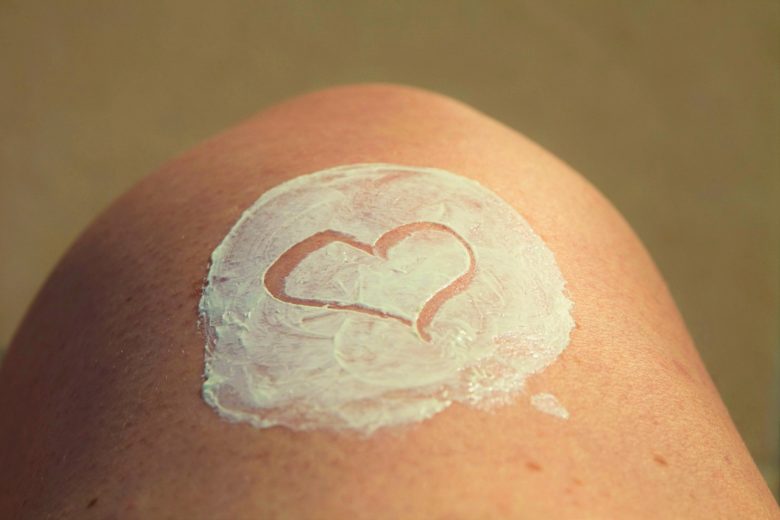
How to Find Eco-Friendly Sunscreen in 2024
We are reader-supported. When you buy through links on our site, we may earn affiliate commission.
When you’re spending time outside, sunscreen is essential to protect your skin from the sun’s dangerous UV rays. But with the recent controversies, you might not be able to tell which protective methods are effective and safe for the environment. From deciphering the labels and ingredients to keeping up with scientific developments, it’s more difficult than ever to know what products won’t wreak havoc on the oceans while keeping your skin healthy. Check out the following ways to pick an eco-friendly sunscreen.
Why Choose Eco-Friendly Sunscreen?
Most sunscreens contain ingredients that hurt marine life, particularly coral reefs. Coral reefs are a delicate ocean organism that aquatic creatures use as a shelter. In fact, millions of species inhabit reefs, making a rich and biodiverse ecosystem. So, the shape of coral reefs affects its marine residents too.
So how do pollution and changing temperatures threaten coral reefs? A fluctuating environment bleaches the reefs and damages the intricate system, potentially with long-term consequences. Their response to these conditions causes them to weaken and lose color. But when people choose a sunscreen without reef-disrupting substances, the reefs have a greater chance of recovering in cleaner ocean waters.
1. Skip Oxybenzone-Filled Sunscreens
The primary chemical that’s toxic to reefs is called oxybenzone. It’s a common UV-blocking ingredient, but while your skin benefits, reefs suffer. When you swim in the ocean or take a shower afterward, your sunscreen rubs off and enters the water, and the oxybenzone eventually reaches reefs to sap nutrients and weaken the organisms.
Oxybenzone disrupts the hormones of reefs too, so developmentally flawed coral polyps are produced, or reproductive systems are irreversibly destroyed. Octinoxate is another pollutant in sunscreen that impacts coral reefs.Instead of using oxybenzone, eco-friendly companies are championing zinc oxide and titanium oxide sunscreens. There’s some controversy over the safety of zinc oxide, but titanium dioxide shows little to no impact on reefs. Pick a sunscreen with zinc and titanium ingredients rather than oxybenzone.
2. Opt for Biodegradable Sun Protection
Biodegradable sunblock is better for ocean life because when it comes off in the sea, it poses little threat to marine animals. It simply sinks to the bottom of the ocean, unlike sunscreens with parabens and chemicals.
The minerals used in biodegradable sunscreen are normally zinc oxide and titanium dioxide. Other natural products like beeswax and essential oils can disturb ocean creatures, and petrolatum and mineral oil have a lengthy biodegrading life. Stick to simple biodegradable lotions.
For cosmetic purposes, many companies use nano mineral particles, but there’s been a recent scare with these micro-sized minerals. Non-nano sunscreens are popular, but according to the Environmental Working Group, sunscreens should strike a balance to form an effective barrier with a variety of sizes.
3. Exchange Aerosol Sprays for Lotions
Sprays are convenient and fast to use, but they coat you, the water and the sand with a layer of sunscreen that extends the reach of the ingredients. This layer can expose animals on the coast and in the ocean to substances they’re not used to, which can compromise their health. Spread a lotion or cream-based sunscreen on your skin instead of using aerosol sprays.
4. Let Your Sunscreen Soak for Half an Hour
You may want to forgo the half hour waiting period before splashing into the ocean, but this amount of time allows the sunscreen to soak into your skin. A thorough attachment means less sunscreen runoff can leak into the water. It also means you have more protection from UV rays. Remember to repeat this interval every time you reapply.
5. Take Advantage of UPF Protection
Ultraviolet protection factor (UPF) is a rating on clothing that displays its level of protection. You can add an extra barrier between your skin and sun rays with UPF clothing — without hurting any marine life. Wear a hat and a long-sleeve cover-up or rash guard when you can. Bring bathing suits with extra coverage and UV-blocking material on your next beach excursion to complement your biodegradable sunscreen.
6. Choose SPF 50 and Lower
Sunscreens with SPF levels above 50 don’t offer a significant boost in UVB radiation protection, but they do add more chemicals to spike the SPF level. The added sense of security you get with a high SPF is misleading, and these sunblocks can harm coral reefs and other ocean animals. Keep your SPF level lower for sufficient protection and to help sea life.
Continued Care for Marine Life
Efforts to protect ocean life from dangerous chemicals are starting to spread. So far, Hawaii, Palau and Bonaire have rejected the use of oxybenzone-filled sunscreens.
To helpfully contribute yourself, use an eco-friendly sunscreen. You can find different versions in online stores if your local stores don’t carry them!
Share on
Like what you read? Join other Environment.co readers!
Get the latest updates on our planet by subscribing to the Environment.co newsletter!
About the author
Jane Marsh
Starting from an early age, Jane Marsh loved all animals and became a budding environmentalist. Now, Jane works as the Editor-in-Chief of Environment.co where she covers topics related to climate policy, renewable energy, the food industry, and more.





